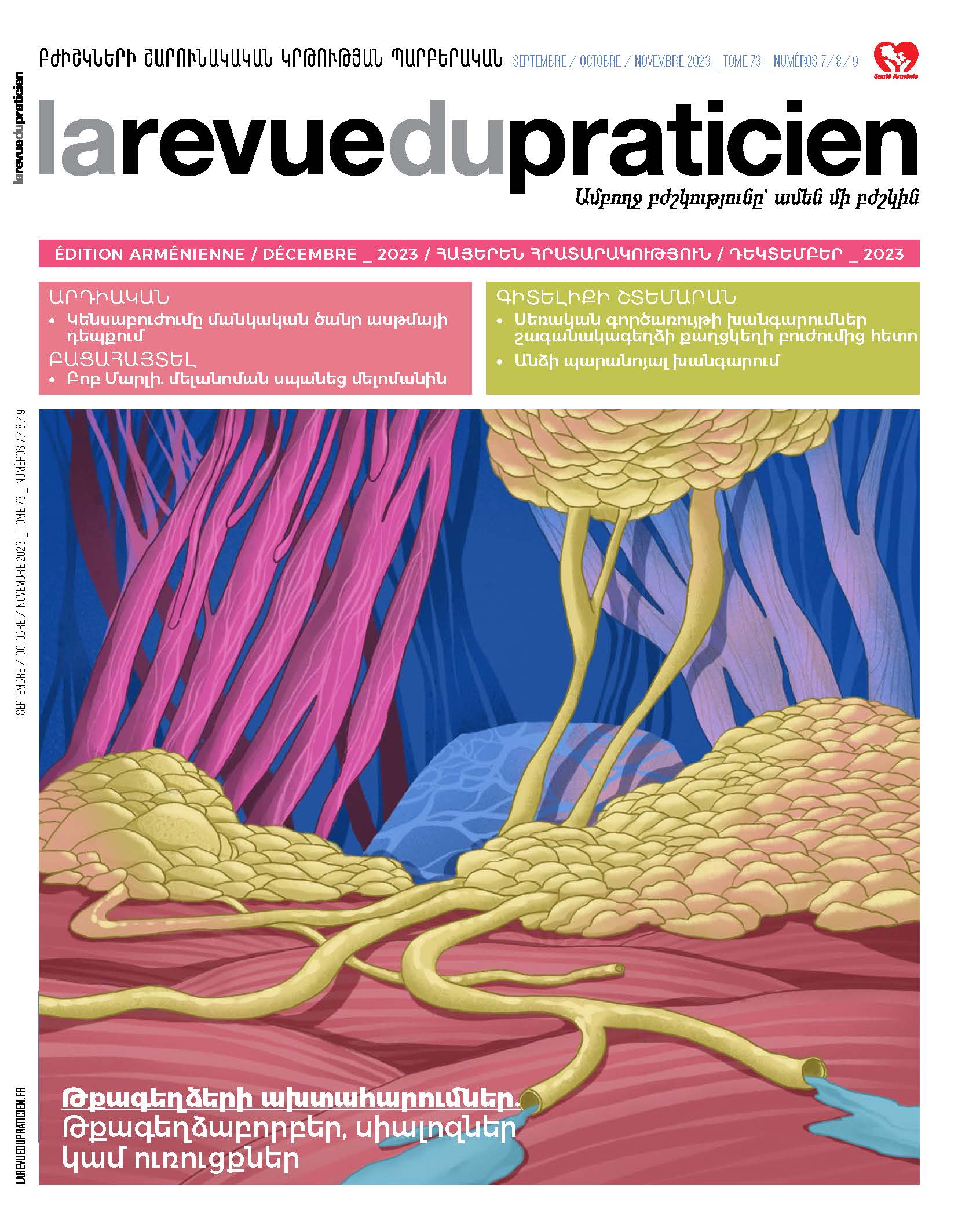Familial mediterranean fever 46
Caroline Vinit.Abstract
Familial mediterranean fever (FMF) is the most common monogenic auto-inflammatory disease worldwide. The recurrence of stereotyped febrile attacks lasting less than 3 days, associated with acute abdominal pain and a biological inflammatory syndrome in a child from the Mediterranean area, should raise its diagnosis. The detection of mutations in MEVF gene (exon 10 mainly) confirms the diagnosis. Long-term treatment with colchicine prevents the occurrence of attacks, and the development of secondary amyloidosis in adulthood, the most severe complication. The pathophysiology is increasingly well understood, with a key role for interleukin 1 (IL1), allowing the emergence of specific targeting therapies. Thus, IL1-blocking agents are second-line treatments, restricted for the very limited cases of patients, with colchicine resistance or intolerance.
